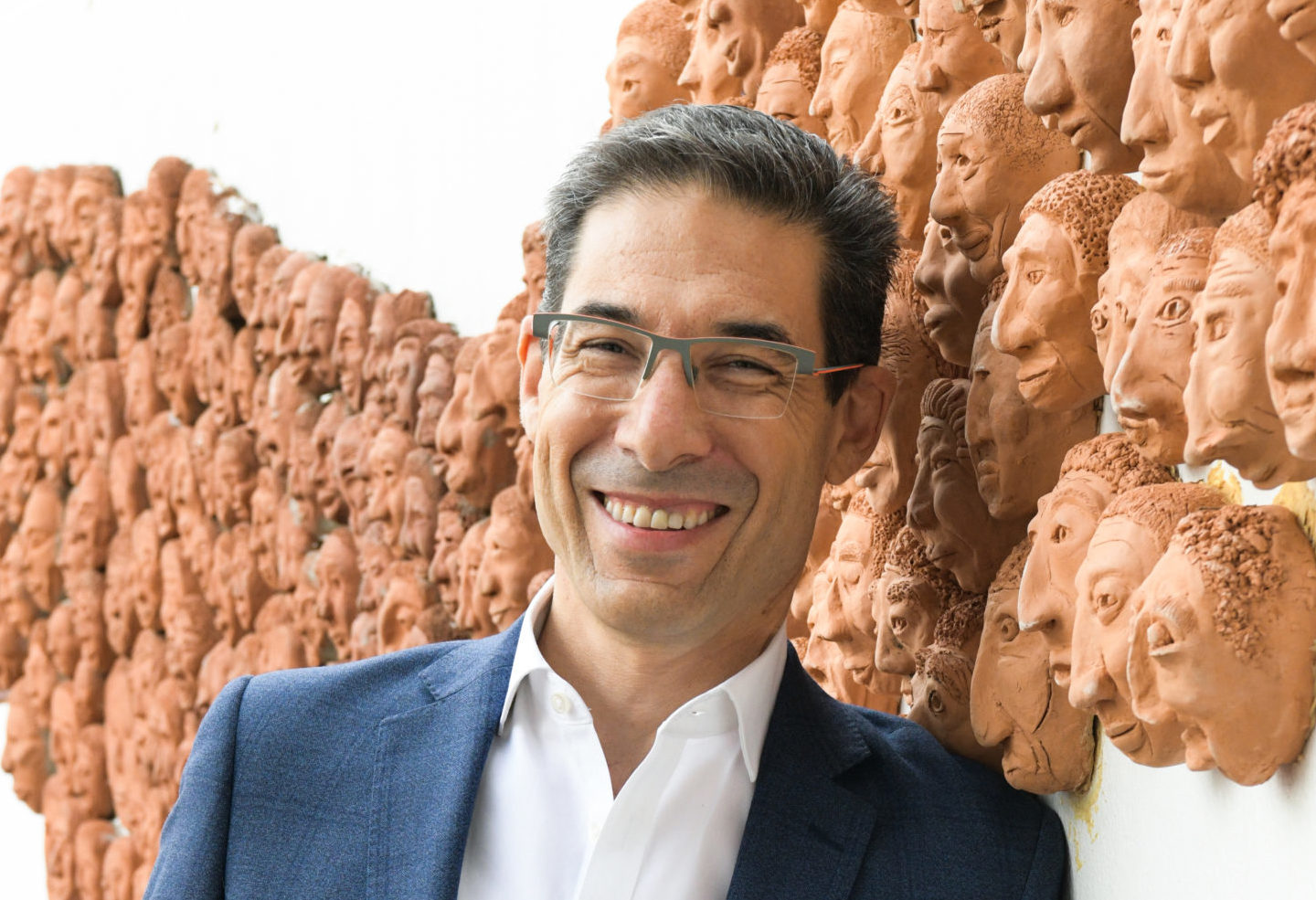
OpEds

Why high school students should participate in the arts
When talking about the importance of the arts in schools, there’s very little argument as to its value. The majority of teachers and parents will readily support the documented benefits of improved creativity, confidence, problem-solving, social skills, thinking outside the box, and engaging with their world in a different way.
Countless studies have shown that when students routinely participate in the arts as part of their school day, they are twice as likely to graduate, and three times more likely to win attendance and academic awards. Playing a musical instrument has been directly linked to higher academic results in numeracy; and visual arts has been shown to have significant impact on literacy. Why? Because research into brain development demonstrates how the arts develop neural systems that produce untold benefits, ranging from improvements in maths, science, and languages to increased emotional stability, resilience, and collaborative skills.
The question is, with the overwhelming research in support of the arts, why then do music, drama, and visual arts often have a comparatively poor rap at high school, often being seen as a “nice-to-have”, the poor cousin of sport, and mostly aimed at non-academic or non-sporty students.
Where’s the drop-off? Do the benefits of the arts reach capacity in junior school, with very little additional value being added in older grades? Is the research not as clear as to the benefits in high school? Is there any value whatsoever in Grade 12 students participating in art, drama, or music in a year that’s already filled with anxiety?
In my opinion, these critical high school years are the ideal opportunity for students to embrace all the arts have to offer as a powerful tool to help them navigate the many challenges they face on a daily basis. Over and above the expected hormonal shifts, peer pressure, struggles to develop a strong sense of self, self-esteem, and body issues, social anxiety, and academic stress, our students often experience a compulsive reliance on (and sometimes even addiction to) technology and social media.
There’s no doubt that our teenagers are facing levels of anxiety and depression on an unprecedented scale, made even more severe by their experience of the recent global pandemic. Coupled with parents’ high expectations of their children’s achievement – though almost always with the very best intentions – the result is increased numbers of highly strung, anxious children or those burning out and displaying symptoms of depression.
It’s for this reason that I believe the arts to be the unsung hero – a soft place to land, a powerful creative outlet, a unique opportunity to be challenged in a different manner, and a vehicle for self-expression providing an emotional outlet for any pent-up or suppressed emotions. Many teenagers also lack the skills to communicate their feelings effectively while also fearing judgement from others, which is where the arts can step in to provide a subtle yet powerful platform for self-exploration and expression.
For example, imagine a Grade 12 student who is seething with anger, frustration, and resentment. Were they to stand in the middle of the school quad and scream in rage or punch a wall, they would most likely be judged as having “issues” and, in some cases, even be disciplined for it. Now imagine that same student spending an hour playing the drums, creating an art piece in which they pour all their anger into their painting, or choosing a drama monologue that aligns with their anger and provides an outlet for it. Two very different outcomes, with the latter being a far more positive one.
One might argue that the same student could also play sport or head to the gym to achieve the same result. I’m in full agreement – any form of positive outlet is highly encouraged, particularly in this age group. My point is that it’s the silent, internalised anxiety, depression, and unexpressed rage that’s concerning, and the arts is often an under-utilised vehicle for students who could benefit from learning to process their emotions and develop deeper resilience.
At Redhill School, we have just witnessed the important role that the arts has played in our Class of 2022 results. Some of our top achievers were also involved in the arts in their Grade 11 and 12 year – playing lead roles in major productions, directing house plays, being an integral part of our school orchestra, working in our student arts and culture committee, joining the Redhill Arts Festival, and so much more. In fact, our Dux scholar, Charlotte Snyckers who achieved a 93% average and eight distinctions, played the lead role in the school’s production of Agamemnon in 2022, and was nominated for Best Actor in a Female Lead Role in the FEDA (Festival of Excellence in Dramatic Arts) finals.
It doesn’t stop there. In this technological age, when information and content is the domain of computers, society places more importance on people with human abilities that cannot be mechanised. A growing number of workplaces are now looking for graduates who understand problems, make plausible arguments, have strong people skills, demonstrate creativity, and who are problem solvers who think outside the box. These are all skills that participation in the arts provides.
I would be remiss in not pointing out the value that students offer their local and greater community when producing an artwork or performing a drama or musical piece, and the fulfilment and satisfaction that comes from the resulting enjoyment.
At the end of the day, it’s also about the enjoyment and fulfilment that comes from taking part in drama, music, and visual arts. If your child finds something they love doing, emerges from that lesson, rehearsal, or session as a better person, manages to de-stress and feel a sense of freedom that comes from that wonderful creative space, then why not let them do it? It’s not just about how it benefits their brain development or job prospects, but also about having a much-needed timeout that gives them the space to recharge their batteries.
Perhaps Tom Horne, the state superintendent of public instruction in Arizona, says it best. “When you think about the purposes of education, there are three. We’re preparing kids for jobs. We’re preparing them to be citizens. And we’re teaching them to be human beings who can enjoy deeper forms of beauty.” The arts tick all three boxes.
- Joseph Gerassi is the executive head of Redhill School and the Absa Jewish Achiever Professional Excellence Award 2019 winner.










